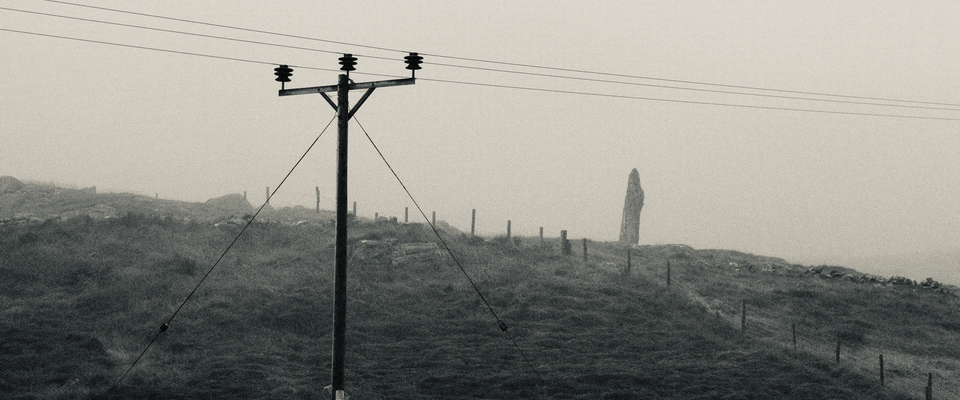Settlement patterns
On the north-west coast of Nova Scotia, on one of the islands just off the peninsula of Digby Neck on
Sunday Morning at Aldeburgh
It is Sunday morning in Aldeburgh on the Suffolk coast. A clear sunny morning, cold, mid-Autumn. People are out on
Driftwood
Iceland is a land of no trees. But along the northern coast of the extreme north-west of the island, the
Sorting
In the Reykjavik Art Museum at Hafnarhús there was, when I first visited with my brother in 2018, a room
Empty
The organ in the Hallgrímskirkya in Reykjavik is a giant’s causeway of clustered steel pipes, five thousand two hundred

